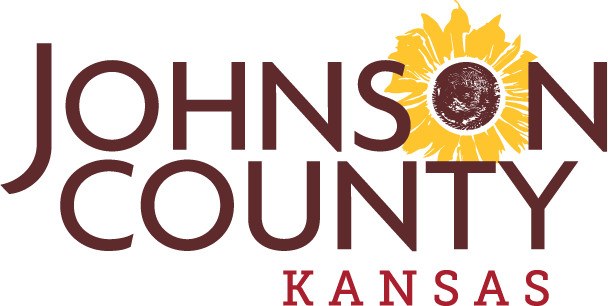Emergency Management Planning Resources
Planning makes it possible to manage the entire life cycle of a potential crisis. Strategic and operational planning establishes priorities, identifies expected levels of performance and capability requirements, provides the standard for assessing capabilities and helps stakeholders learn their roles.
The planning elements identify what an organization’s Standard Operating Procedures (SOPs) or Emergency Operations Plans (EOPs) should include for ensuring that contingencies are in place for delivering the capability during a large-scale disaster. (FEMA 2017)
This page provides several links and additional information for a variety of planning needs. Topics in planning resources cover basic emergency management, healthcare, schools, and businesses.
Planning Resources
Emergency Management Planning
For FEMA planning Standards and other planning guidance, please refer to the following:
The National Planning Frameworks, one for each preparedness mission area, describe how the whole community works together to achieve the National Preparedness Goal. The Goal is: “A secure and resilient nation with the capabilities required across the whole community to prevent, protect against, mitigate, respond to, and recover from the threats and hazards that pose the greatest risk.”
The Goal is the cornerstone for the implementation of the National Preparedness System. The National Planning Frameworks are part of the National Preparedness System. There is one Framework for each of the five preparedness mission areas (FEMA 2017):
- National Prevention Framework (second edition)
- National Protection Framework (second edition)
- National Mitigation Framework (second edition)
- National Response Framework (third edition)
- National Disaster Recovery Framework (second edition)
For the Kansas State Planning Standards:
For the Regional Coordination Guide (RCG):
Emergency Preparedness Planning for Schools
- FEMA: Student Tools for Emergency Planning (STEP) Program
- Get Ready. Get Safe. Campaign
- Annual Disaster Report Cards
- 2014 or 2015 report included information on what states require of schools
- https://www.ready.gov/school-emergency-plans
- https://www.ready.gov/kids
- FEMA Course IS-362 Multi-Hazard Emergency Planning for Schools
- Guide for Developing High-Quality School Emergency Operations Plans
- Readiness and Emergency Management for Schools Technical Assistance (REMS TA) Center
- DHS - School Safety
- The Briefings: A National School Safety Symposium – examines lessons learned from traumatic events and reveals new, preemptive school safety measures; presenters include school administrators, law enforcement, criminal justice and mental health professionals who were involved in the response and recovery to school violence and other emergency events.
- "Understanding & Planning for School Bomb Incidents" DHS Course
- NOAA's Weather-Ready Nation Ambassador Initiative
- https://www.preparemetrokc.org/
- https://www.redcross.org/prepare
- https://www.weather.gov/safety
- 'Help Kids Cope' App
Emergency Preparedness for Businesses
Emergency Preparedness for Healthcare
Healthcare Coalition (Mid-America Regional Council - Healthcare Coalition)
Mission
The mission of MARC-HCC is to prepare and coordinate health and medical response and recovery to the threats and hazards the region faces to help patients during emergencies receive the care they need; decrease deaths, injuries, and illnesses resulting from emergencies; and promote health care delivery system resilience.
This will be done through a cooperative strategic and operational annual assessment and planning process, identifying regional health care threats, gaps, and vulnerabilities that could impede delivery of healthcare, establishing collaborative and integrated mitigation strategies, and implementing those strategies through coordinated integrated planning and training, information and resource sharing, and exercising plans, systems and processes.
Purpose
- Increase cross discipline health and medical pre planning & coordination to synchronize preparedness, response and recovery efforts in the region and with state and federal partners and maintain minimum levels of readiness.
- Build/strengthen relationships and Information sharing systems amongst EMS, Hospital, Public Health, Medical Examiner/coroners and emergency management and other relevant health care partners.
- Conduct coordinated planning and ongoing needs assessment including incorporating the needs of special medical populations/at-risk individuals.
- Ensure protocols and process are in place for resource allocation, mobilization and management.
- Conduct coordinated trainings, exercises and share and implement lessons learned from real incidents.
- Identify planning, resources, training and exercise gaps for each of the four Assistant Secretary for Preparedness and Response (ASPR) capabilities and assess progress.
- Develop a foundation to expand to other key stakeholders as the program evolves.

